
News and Views: Harnessing the potential of germplasm collections (Nature Genetics) ($)
There are more than 7 million crop accessions in gene banks around the world, however the information records for them are in multiple formats, making a comparison between and within collections difficult. Extrapolating from a new paper by Milner et al. (Nature Genetics 51: pages319–326) Langridge…
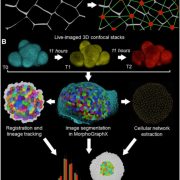
Global topological order emerges through local mechanical control of cell divisions in the Arabidopsis shoot apical meristem (Cell Systems)
In plants, the final shape of organs depends on how and when the cells divide. To get some insights about the rules governing this process, Jackson et al. applied network science to study the cell organization dynamics in the shoot apical meristem (SAM). They studied the L1, L2 and L3 cell layers in…
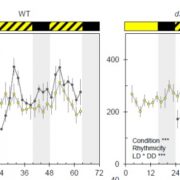
Oscillating aquaporin phosphorylations and 14-3-3 proteins mediate circadian regulation of leaf hydraulics (Plant Cell)
Plant activities change drastically between the light and dark times of day. Many of these different activities can be observed through transcriptional studies, which show that gene expression goes up and down over the course of the day. Many of these transcriptional changes are driven by the circadian…
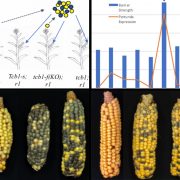
A silk-expressed pectin methylesterase confers cross-incompatibility between wild and domesticated strains of Zea mays (bioRxiv)
The key event for speciation is reproductive isolation. In sexually reproducing plants, genetic factors act as reproductive barriers preventing the interbreeding of related strains. In this study, Lu et al. aimed to explore how the Tcb1-s (Teosinte crossing barrier 1-s) haplotype, found exclusively in…
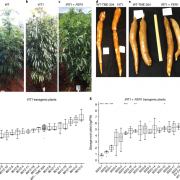
Biofortification of field-grown cassava by engineering expression of an iron transporter and ferritin (Nature Biotech)
There are many forms of hunger, one of which is micronutrient deficiency. Cassava is a staple food, but low in iron and zinc, in many regions where deficiencies of these micronutrients are common; therefore efforts have been made to biofortify cassava. Traditional breeding methods are of limited value…

Introducing curcumin biosynthesis in Arabidopsis enhances lignocellulosic biomass processing (Nature Plants)
Lignin, polymerized from aromatic monolignols, provides strength to cell walls but its resistance to enzymatic degradation thwarts efforts to isolate cellulosic carbohydrates from cell walls for biofuels and other applications. It has been shown that lignin’s properties can be altered by the incorporation…

Global plant–symbiont organization and emergence of biogeochemical cycles resolved by evolution-based trait modelling (Nature Ecol Evol)
Most plants depend on microbial partners (symbionts) to help them take up nutrients from the soil. Lu and Hedin set out to identify how these plant-symbiont partnerships contribute to plant distributions and biogeochemical cycles, using an evolution-based modelling approach. The model takes into account…
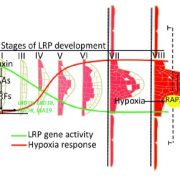
Endogenous control of root system architecture through hypoxic conditions (Mol Plant)($)
The three-dimensional structure of plant roots, often referred to as the root system architecture (RSA), is important for soil exploration and nutrient acquisition. The regulation of the RSA is important to prevent overuse of resources and to ensure efficient function. A recent study from Shukla et al.…
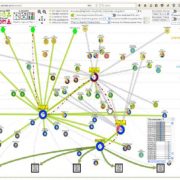
Proteome-wide, structure-based prediction of protein-protein interactions (Plant Physiol)
Genomics and transcriptomics have brought huge advances in understanding of plant science, but proteomics is both more challenging and in some ways more relevant to understand what is happening inside of a cell. Proteins function largely through their interactions with other proteins, so it is important…

